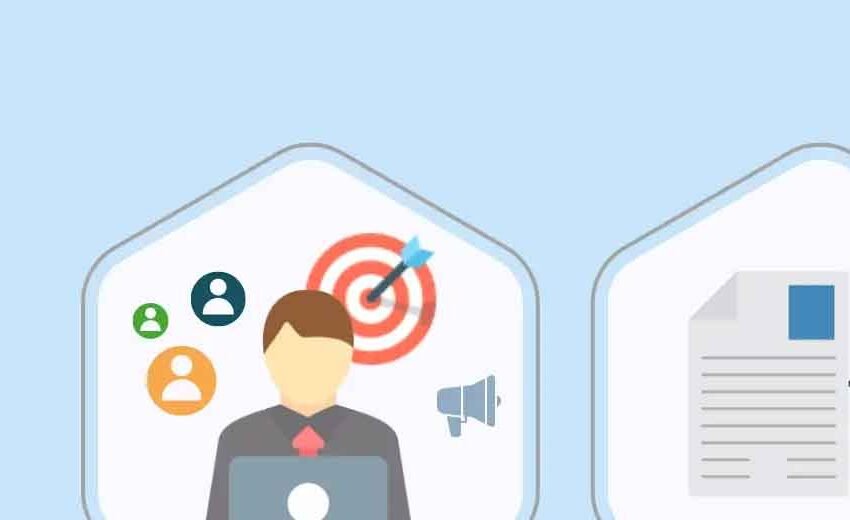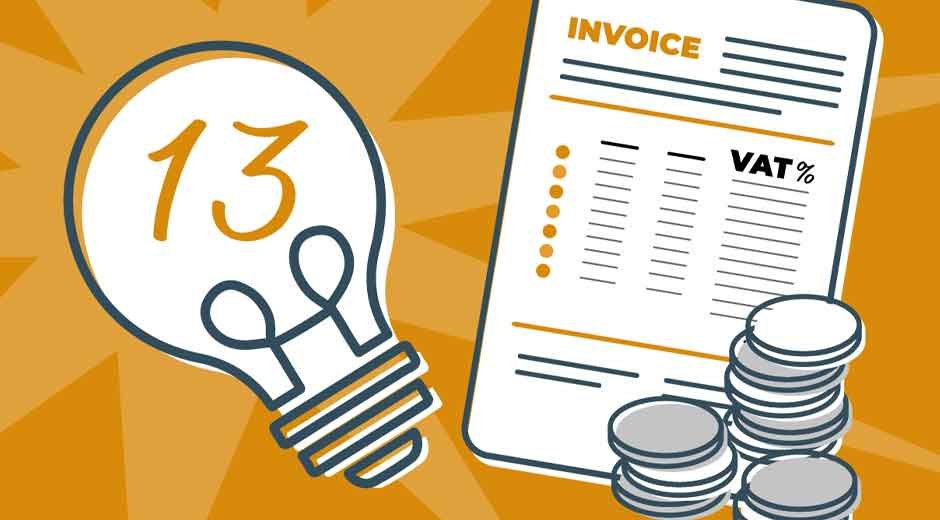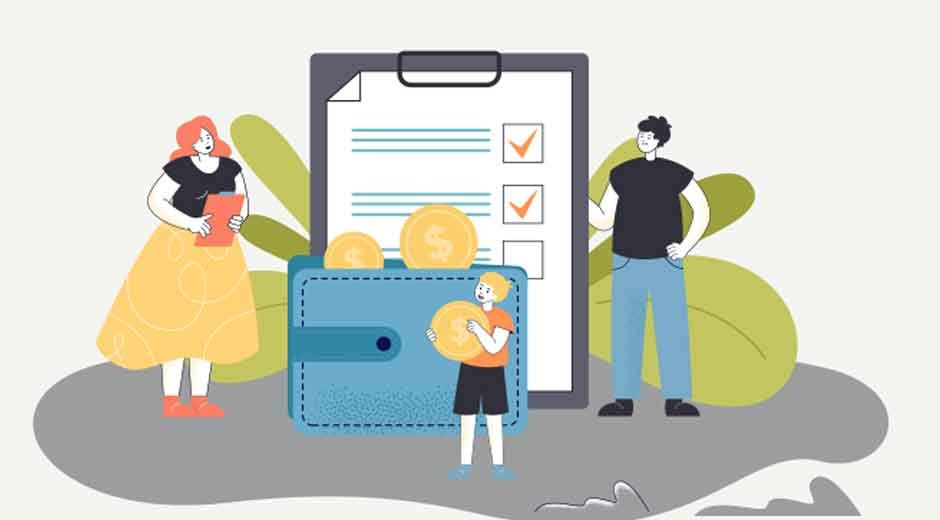Key Steps to Building a Flawless New Hire Workflow

Bringing in new talent is exciting, but it can turn messy fast if the process isn’t clear. A good hire can lose momentum if they’re left waiting for emails, logins, or a welcome message. Building the right workflow makes sure every step happens when it should, with no delays, no confusion. The goal? A smooth start that sets the tone and builds early confidence. A great process isn’t just about paperwork. It’s about setting people up to succeed from day one.
Start With Tools That Do the Heavy Lifting
A great onboarding process doesn’t run on spreadsheets and sticky notes. Onboarding workflow software helps you map out every task, from sending welcome emails to assigning equipment and login credentials. With everything centralized, nothing gets missed or delayed.
This kind of software takes pressure off HR teams. Instead of juggling checklists, they can set up automated steps that run like clockwork. It’s all about making sure the right person does the right task at the right time, without micromanagement.
Map Out the Journey Before It Begins
Before you can create a workflow, you need to visualize the entire hiring experience from a new hire’s perspective. What happens after they accept the offer? What’s the first thing they should see or do? When should they meet their team?
Once you sketch this out, break it down into clear steps. Welcome messages, account setups, training sessions, every item needs a place in the timeline. Good workflows feel natural and well-paced. They don’t flood the new hire with 10 tasks at once, but they also don’t leave big gaps in communication.
Make Onboarding a Company-Wide Effort
New hire workflows go beyond HR forms and benefits enrollment. IT needs to set up devices. Managers need to share goals. Team members should reach out and connect. All of these tasks should live inside the same process.
Here’s how different departments should be involved:
- HR handles documentation, benefits, and policy introductions.
- IT ensures logins, email accounts, and hardware are ready.
- Managers set expectations and provide onboarding plans.
- Coworkers help build connection and culture from day one.
When everyone involved knows their role and when to act, the process feels seamless. Using an onboarding workflow tool helps pull all these pieces together, making sure nothing falls through the cracks. A new hire might not see the behind-the-scenes work, but they’ll feel how smooth everything is.
Don’t Skip the Human Moments
A perfect workflow isn’t just about tasks and reminders. It should also create space for real connection. Think welcome videos, team shoutouts, or a quick message from the CEO. These touches turn a checklist into a warm experience.
Add meaningful human touches like:
- A welcome message from the team or department head
- An informal team intro call within the first few days
- A small welcome gift or company swag package
Adding these moments doesn’t require extra work when you plan. You can schedule them like any other task in the flow. When automation supports human interaction instead of replacing it, you get a process that feels both efficient and personal.
Review and Improve With Every Hire
Even the best process needs updates. Teams evolve. Roles change. Feedback from new hires helps reveal what’s working and what feels clunky. Make space in your workflow to gather those thoughts.
Using onboarding workflow software makes these changes easier. You can tweak a message, shift a deadline, or add a step without starting from scratch. Over time, your process gets sharper, and each new hire has a better experience than the last.
A strong workflow turns chaos into clarity. With the right structure, the right tools, and a few thoughtful touches, every new hire gets the welcome they deserve. It’s not just about checking boxes; it’s about creating momentum that lasts beyond week one.





